Mid-engine Corvettes have been rumored since the 1960s, but according to a report in Detroit News, we’re about to get the real deal. This will have Corvette fans on both ends of the engine placement debate running to their swords, but there are pros and cons to moving the engine from in front of the cockpit to behind it. And, it’s not without historical precedent.
Pros and Cons
Let’s start with the advantages of a mid-engine Corvette. Weight is kept central to the car’s mass for improved handling. The car reacts more intuitively, swiveling around its core. Shrinking the long nose improves sightlines out the front. New Corvette architecture would presumably include provisions for electrification and all-wheel-drive to bring America’s dream car up to global supercar standards.
There are also downsides, and that's why Corvette has remained front engine since 1953. Today’s Corvette has a roomy interior and under that high rear end is an enormous trunk. Until the C7, glass all-around allowed fighter jet visibility. Since the C4 (1984-1996), the engine has been pushed way back and down towards the cabin to give Corvette “front-mid-engine” dynamics while the C5-C7 Corvettes (1997 to present) feature a rear transaxle that further balances weight. Mid-engine cars typically have limited luggage space (an engine sits in the luggage bay) and poor visibility out the back.
Going mid-engine decimates heritage. Corvettes have always been front-engine/rear-drive, and since 1963, have evolved a profile that is recognizable in the dark of night. Changing that is where Corvette loyalists will start wielding hatchets. On the other side of the argument, Corvette must evolve to stay relevant and perform to the standards enthusiasts expect. The contrarians will say, “Do whatever it takes for Corvette to advance and win.” Ford’s new GT sports car is surely a thorn in Corvette’s door panels.
Mid-Engines Past
This is far from the first time a mid-engine Corvette has been discussed. Chevrolet developed a vehicle called the XP-882 that was revealed in 1970. The Aerovette came in the mid-70s and was nearly approved for 1980; Pontiac’s Fiero evolved from a prototype considered for the C4 Corvette. There was also the 1985 GTP racer and futuristic Corvette Indy Concept from 1986. The CERV III concept showed what a production version of the Indy could be with a 650 horsepower 32-valve V8. All of these cars garnered front pages of buff magazines.
But, each time, the Corvette team extracted greater amounts of performance from the front-engine lay-out and nulled the need for a mid-engine model. The “King of the Hill” 1990 Corvette ZR-1 was among the fastest cars on earth with a 375 horsepower 32-valve V8 engine. It could run 0-60 mph in 4.5 seconds and reach 175 mph. Today’s Corvette Z06 packs a 650 horsepower supercharged V8 that rockets from 0-60 mph in 2.95 seconds and past 200 mph. It can pull 1.2g on the skidpad. Still, even with a more powerful ZR1 in the wings, the current lay-out has about reached its zenith.
Balanced Debate
So, what are the real concerns from enthusiasts? Well, they want a Corvette to look like a Corvette. View the Aerovette, Indy, and CERV III to know mid-engine sports cars can continue long-held Corvette styling themes. There’s also a club mentality. Even though somebody making $50,000 per year can’t really afford a new Corvette, they can buy a 10-year-old model, enjoy incredible performance, and gain membership. If Corvette changes from a $55,000 car to an $80,000 car, it makes that club more exclusive. The counter argument is those wanting affordable Chevy performance can always buy a Camaro. True, but compared to Corvettes, Camaros are dump trucks.
Maybe Corvette has room for more than one model on the paddock. Don’t ask me how they would justify the expense of two platforms, but one could imagine a base Stingray starting under $60,000 and rising through Z06 and ZR1 variants past $100,000. Beyond that, they could slot in a mid-engine Corvette “Zora” (or whatever they call it) with all-wheel-drive, advanced-material construction, and electrification. It’s what Porsche does – and it seems to be working well for them; 911 customers are happy and so are those driving 918s.
According to Detroit News, the mid-engine C8 Corvette, which has been thoroughly-photographed at the GM Proving Grounds, will debut at the 2018 North American International Auto Show in Detroit. Sales begin later in 2018 as a 2019 model. The current front-engine C7 will continue in production at least until 2021 to ease the transition.
I’m in both camps. I own a 1989 Corvette and have driven many versions over the years including the current Stingray. There’s nothing like looking over that long nose with flared fenders. Like other enthusiasts, I whined when the pop-up headlamps went away in 2005 and again with the rectangular taillamps in 2014. But, I’ve learned to appreciate both and am confident Corvette design chief, Tom Peters, knows what he’s doing. Mid-engine or not, he’ll make sure it’s a proper Corvette.
So, tell me your thoughts about the mid-engine Corvette. Leave a comment below or e-mail me at AutoCasey@aol.com. Also check out my interview with Tom Peters.
Storm Forward!
 DONATE
DONATE


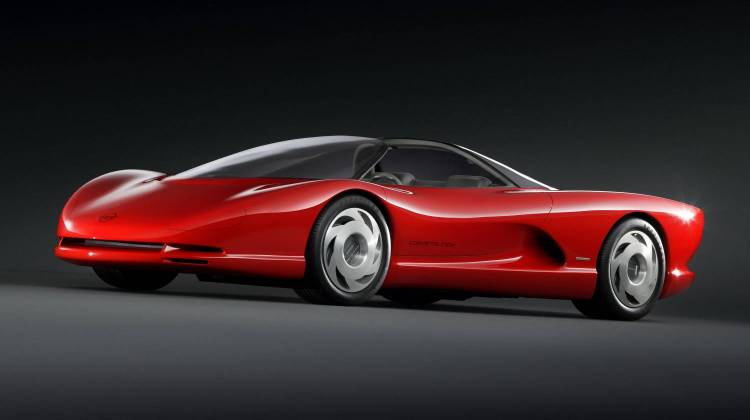
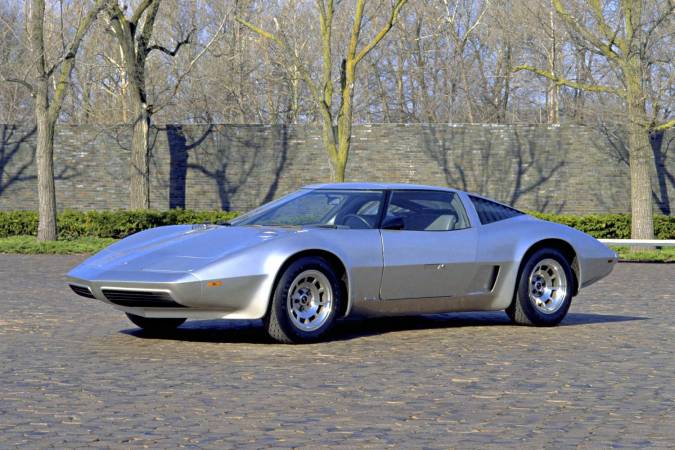
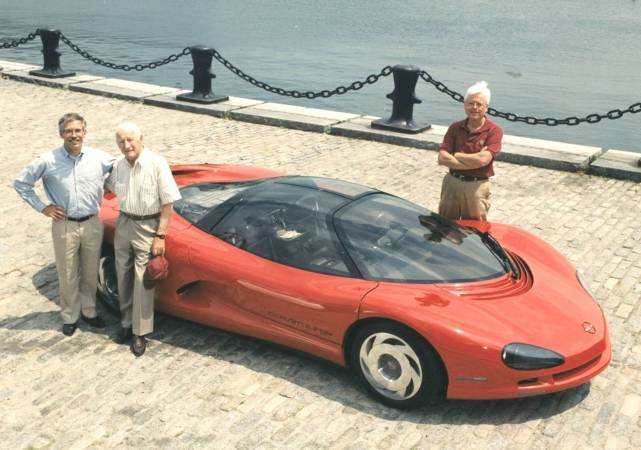
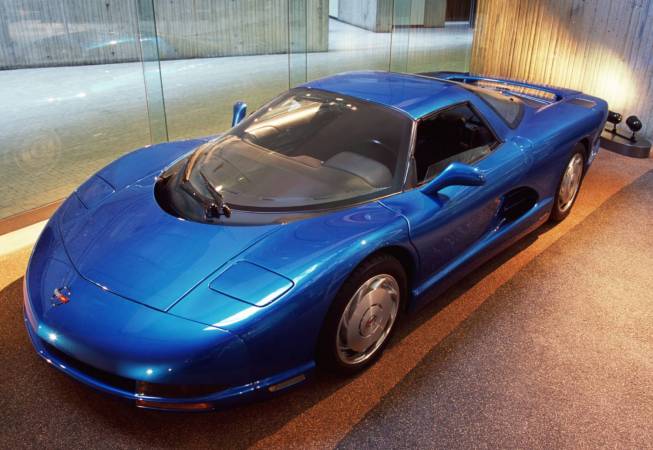
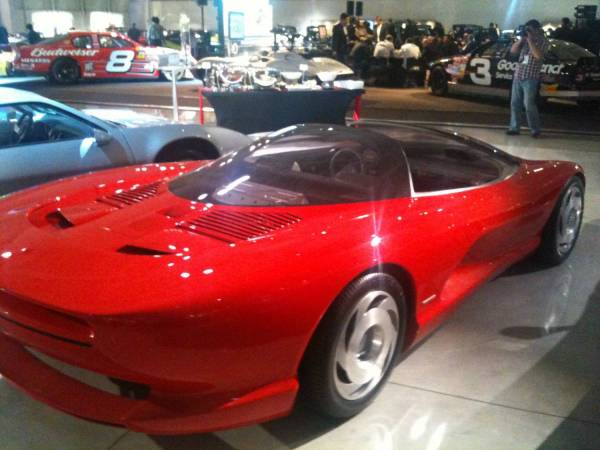
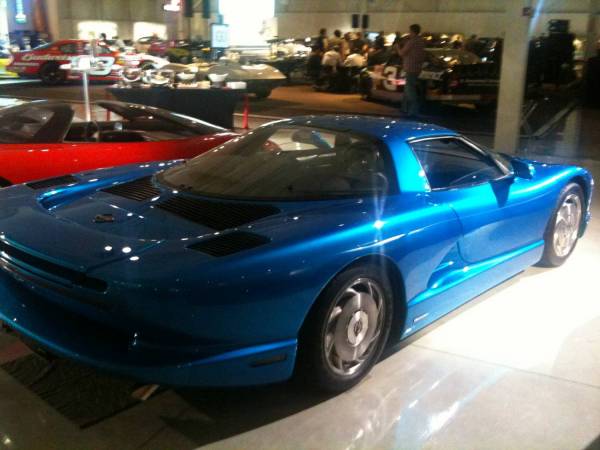
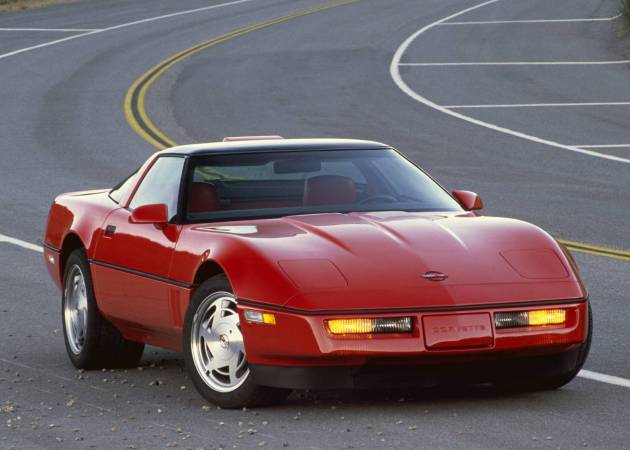
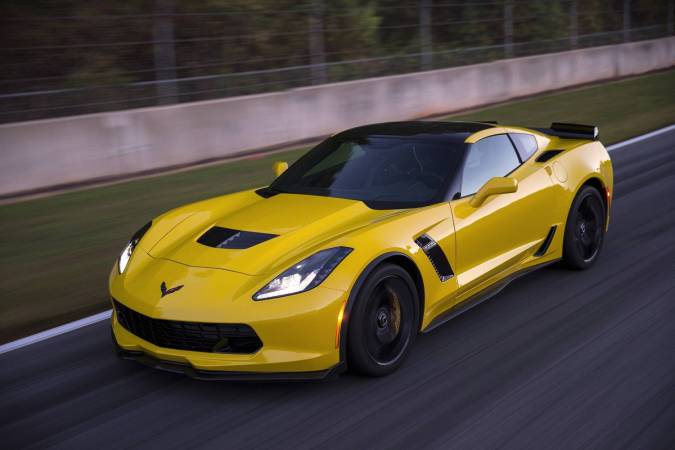
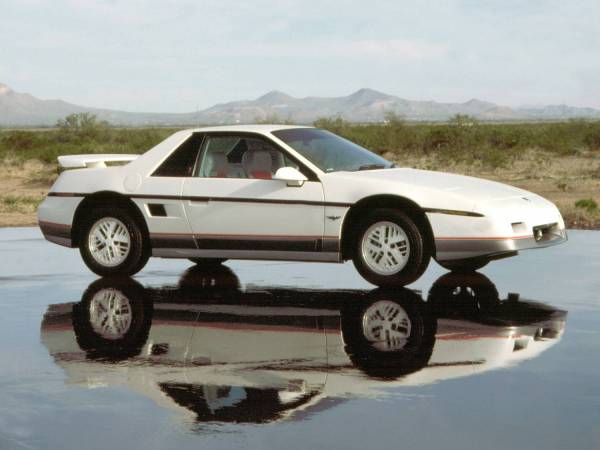



 View More Articles
View More Articles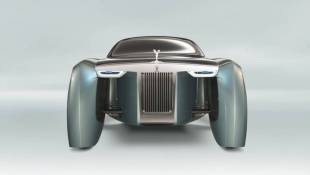
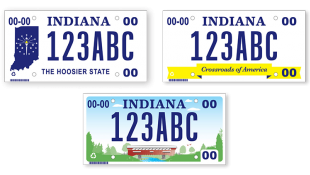
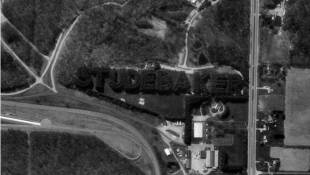


 Support WFYI. We can't do it without you.
Support WFYI. We can't do it without you.